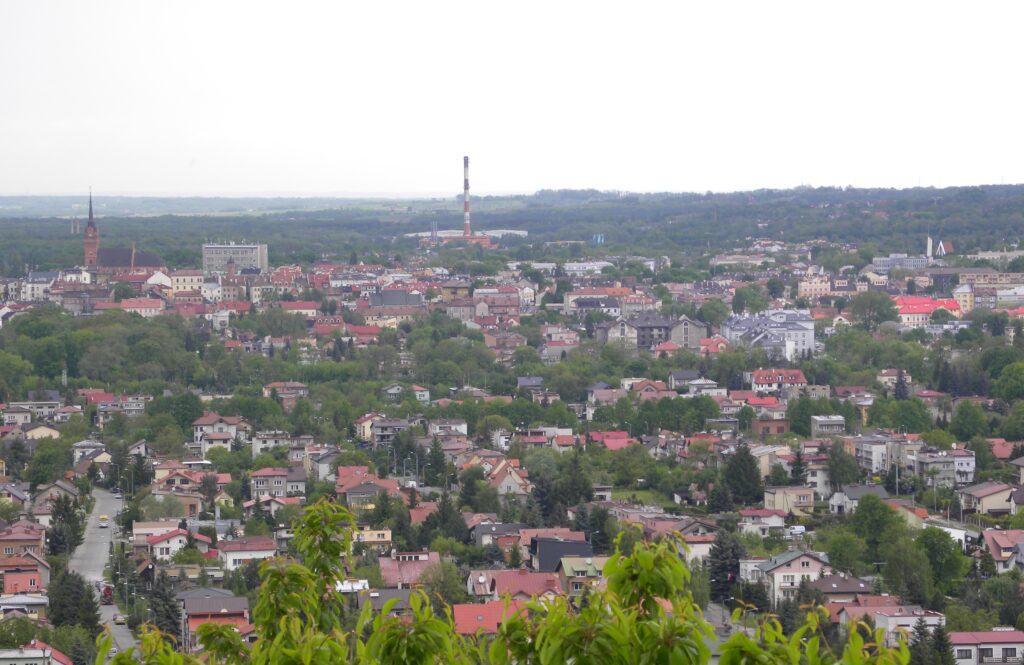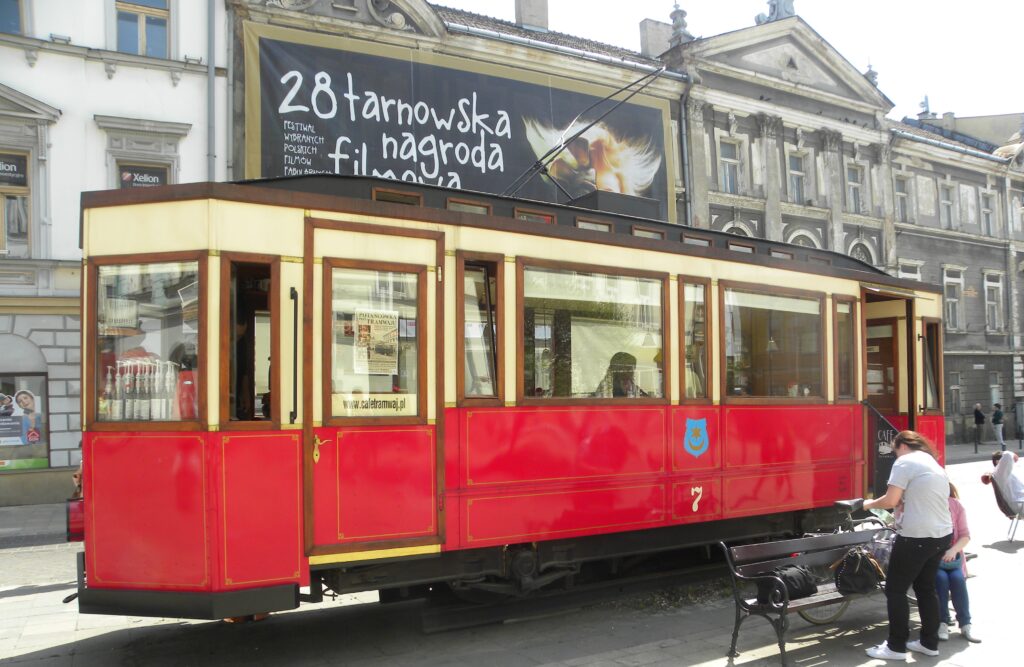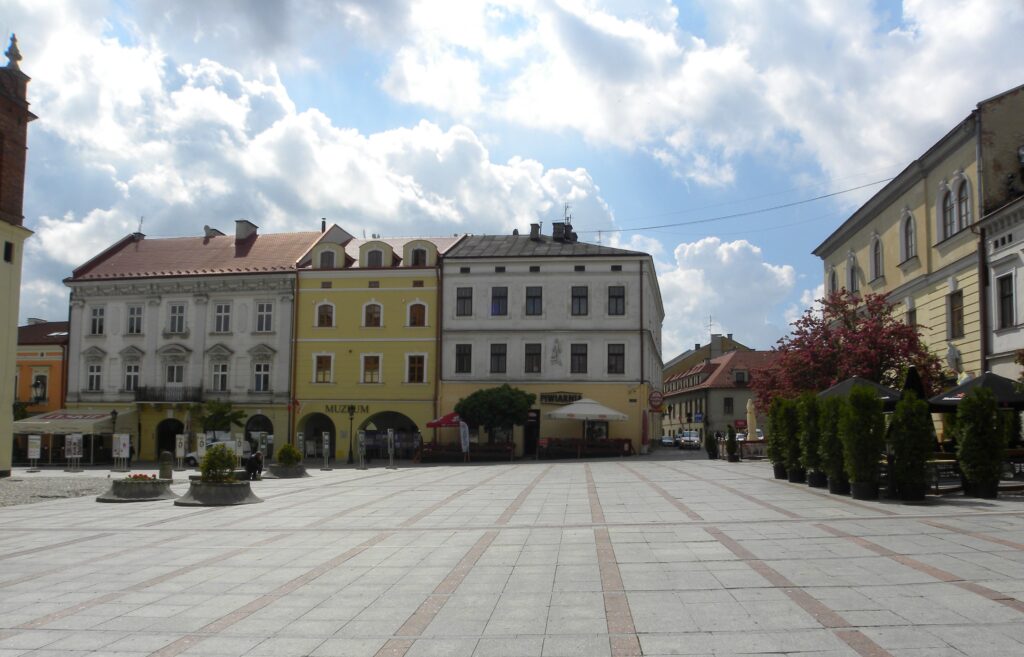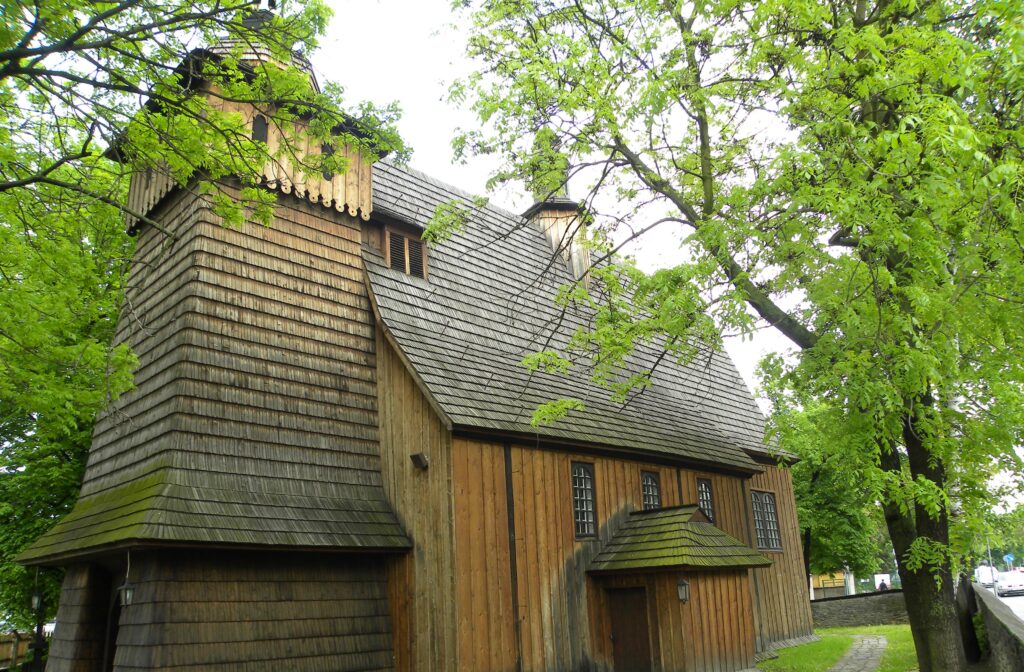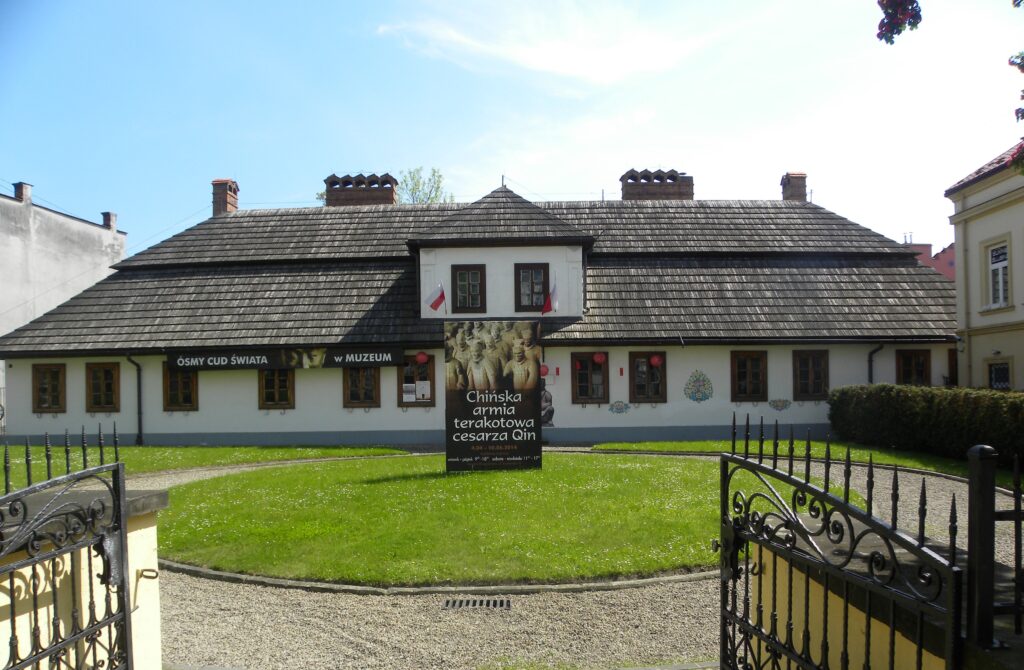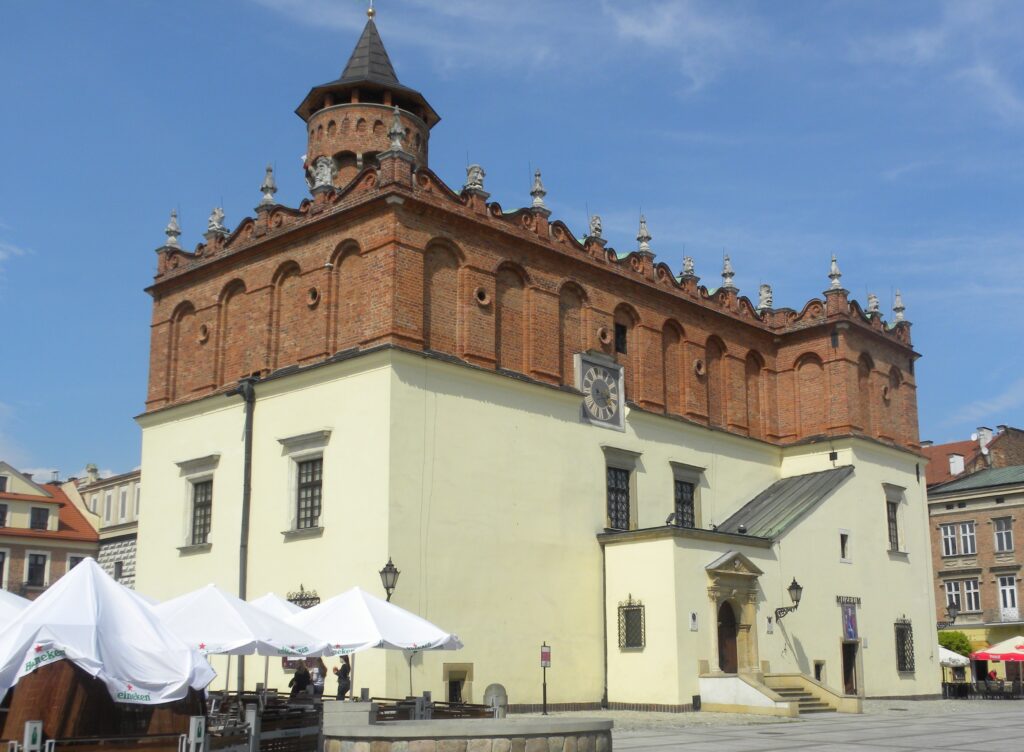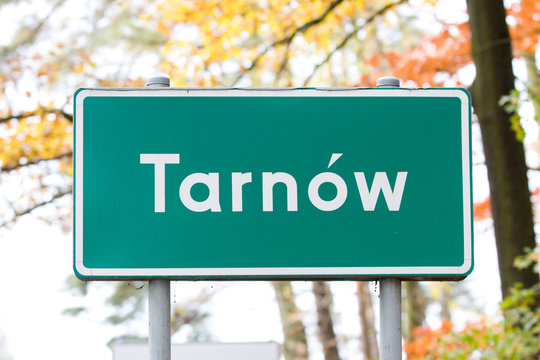
June 21, 2023
Cities around the world – Tarnów – part 1: history
Tarnów is a city in Małopolskie province, located in southeastern Poland, near the confluence of the Biała and Dunajec rivers. It’s an industrial city, producing mainly chemicals, building materials, processed foods, and electrical machinery, and a rail junction on the Kraków-Lviv (Ukraine) rail line.
Tarnów is a formerly walled town with lots of old buildings and several museums.
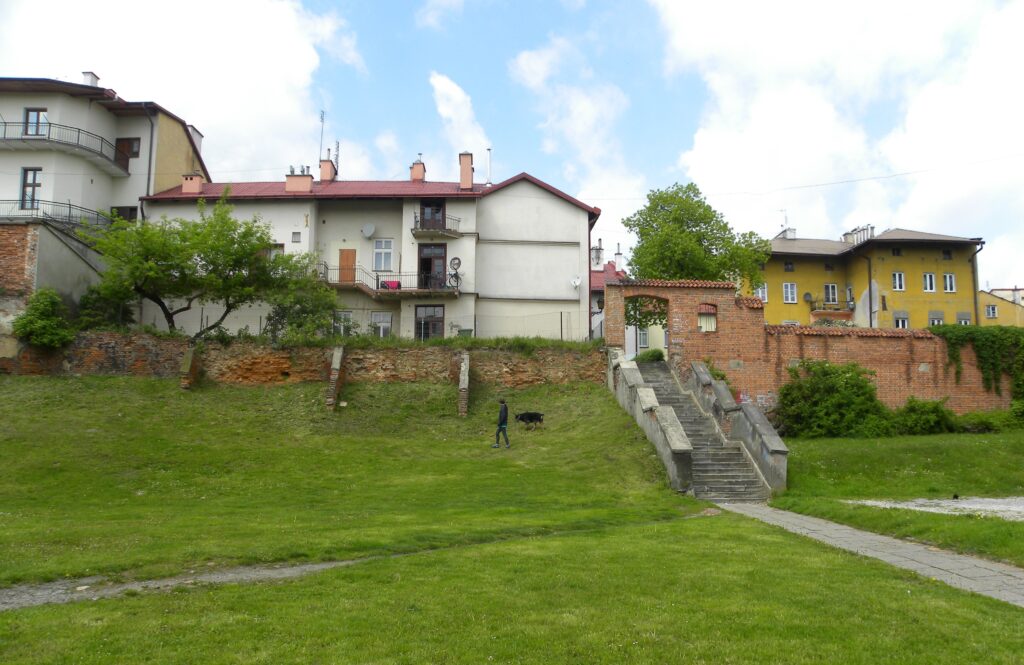
A little bit of history
The name Tarnów most probably comes from blackthorn bushes growing in the vicinity of the town. The first written mention of Tarnów comes from 1105. It was mentioned as a village belonging to the Benedictine abbey in Tyniec. In 1124, Cardinal Idzi of Tuskulum confirmed that Duchess Judyta, the wife of Władysław Herman, granted Tarnów to Benedict of Tyniec. It should be added that at that time Tarnów was divided into: Tarnów Wielki (the area where the city was later founded) and Tarnów Mały (today’s Tarnowiec).
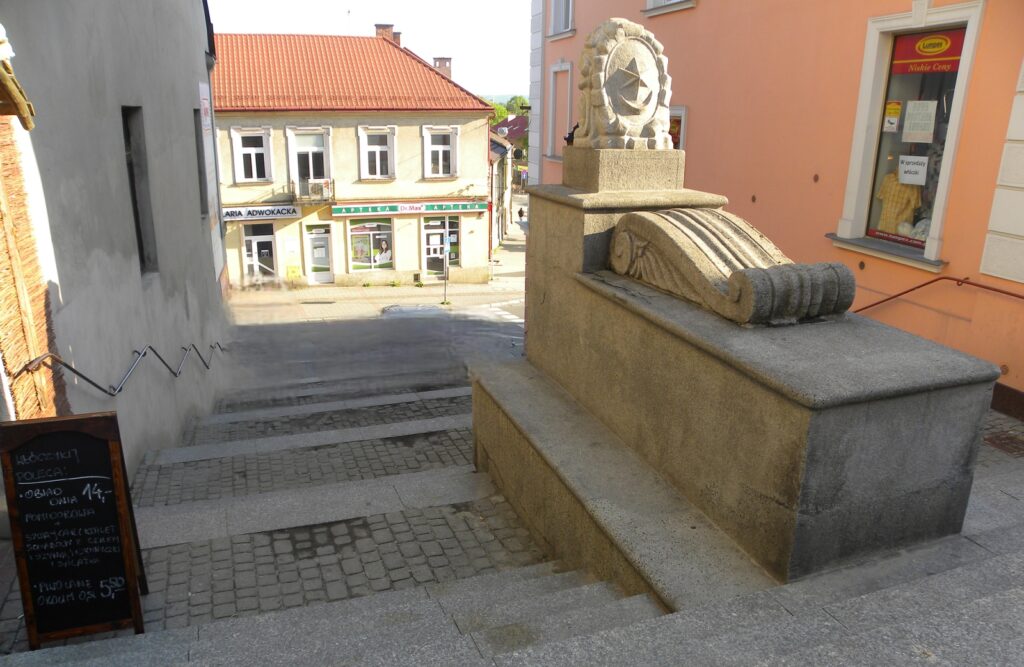
A breakthrough moment for the city was the takeover of Tarnów Wielki and Mały by Spycimir of the Leliwa coat of arms in the late 1420s. Spycimir intensified his settlement activity, which helped him obtain permission to locate the town, create a complex of goods and build a castle. King Władysław Łokietek gave his consent to Spycimir Leliwita organizing a town settlement under the Magdeburg law with the judicial authority of the vogt and jurors and the local government. At the same time, the surrounding villages and hamlets were transferred to German law. On March 7, 1330, Tarnów was granted city rights. The location of Tarnów became its advantage, because it was here that trade routes from east to west and from north to south crossed. In 1328, Spycimir started building a castle on Mount St. Marcin, which he finished in 1331. In 1364, Spycimir’s son Rafał bought the Tarnów vogt office, increasing the heirs’ power over the town. At that time, there was a parish church in Tarnów, which in 1400 was raised to the rank of a collegiate church (today’s cathedral).
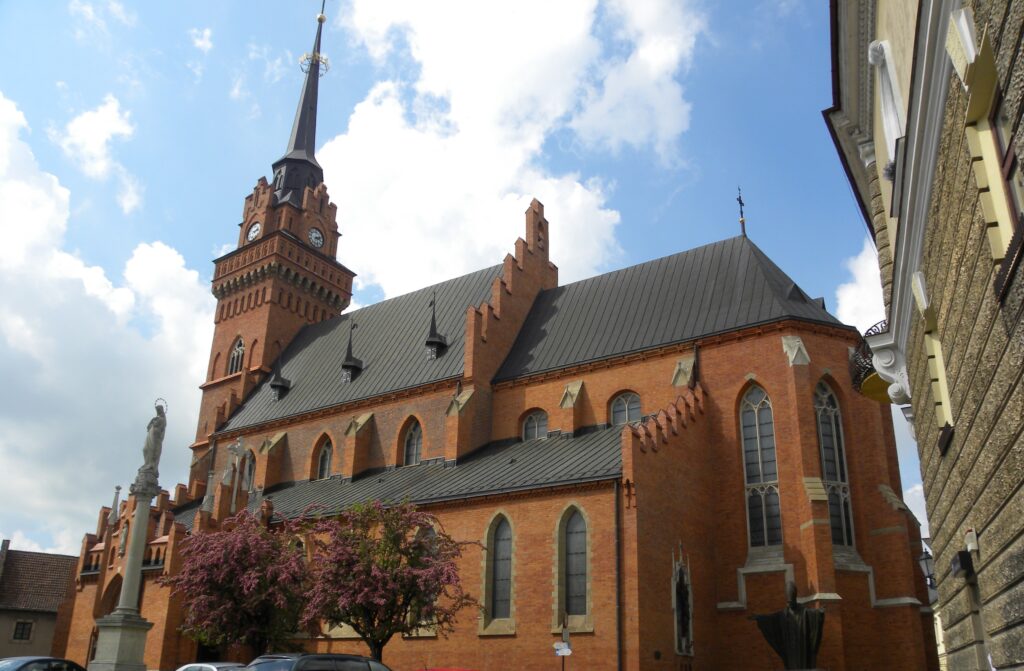
At the beginning of the 15th century, the first brick houses appeared in Tarnów, and in the middle of that century the city had brick fortifications, a town hall and a hospital (a poorhouse outside the city walls), as well as a parish school, sewage system and a wooden water supply system. At the end of the 15th century, Tarnów was hit by fires that destroyed a large part of the city’s buildings. The then owner of the city, Jan Amor Tarnowski, rebuilt the city by expanding the collegiate church. In 1459, the order of oo. Bernardine.
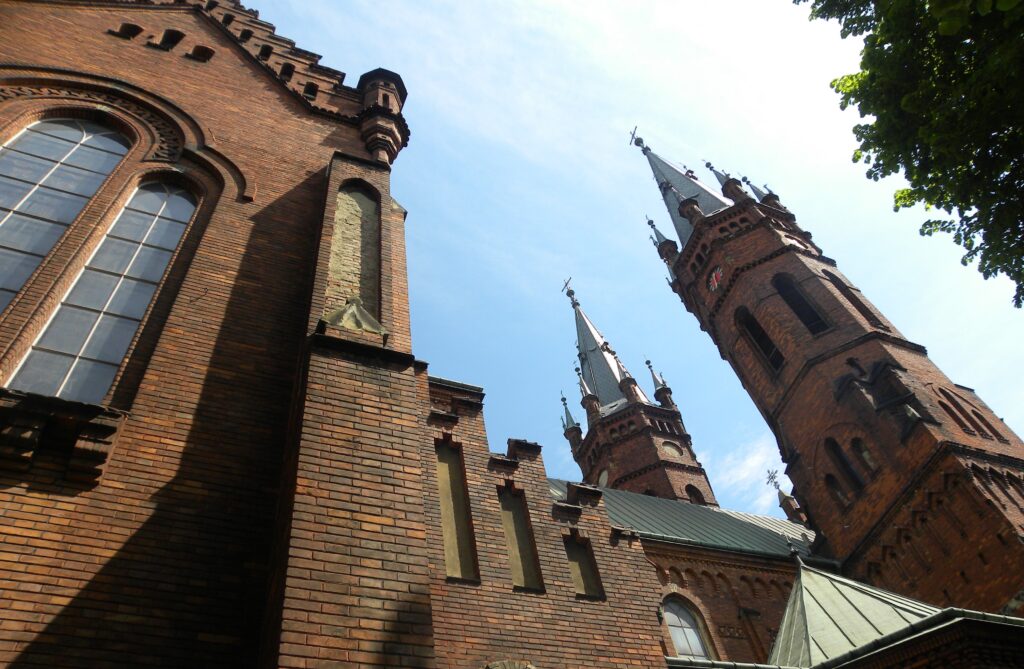
Tarnów experienced its greatest boom in the times when hetman Jan Amor Tarnowski was the hetman of the city. During this period, the city’s fortifications were extended, the town hall, the cathedral and the castle were rebuilt. The hetman issued many instructions regarding the holding of offices in the city, its defenses, the behavior of the townspeople during a fire and the organization of crafts. In 1547, hetman Jan Tarnowski received the hereditary title of count from Emperor Charles V, and from that time on, the Tarnów estates were called the Tarnów county. In 1550, the Bernardine nuns were brought to Tarnów and a small monastery was built for them. Hetman Jan Tarnowski died in 1561. At that time, Tarnów was inhabited by about 1,200 inhabitants, and there were 200 houses within the city walls. After the hetman’s death, his son Jan Krzysztof Tarnowski became the heir to the county of Tarnów, who died childless in 1567. His only heir was the daughter of hetman Jan Tarnowski, Duchess Zofia Ostrogska. In 1570, the town resisted a siege by the Rzochów mercenary troops of the Tarnów line (claiming claims to the Tarnów estates) and their allies. After the death of Duchess Zofia Ostrogska in 1570, her husband Prince Konstanty Ostrogski became the lord of the county of Tarnów.
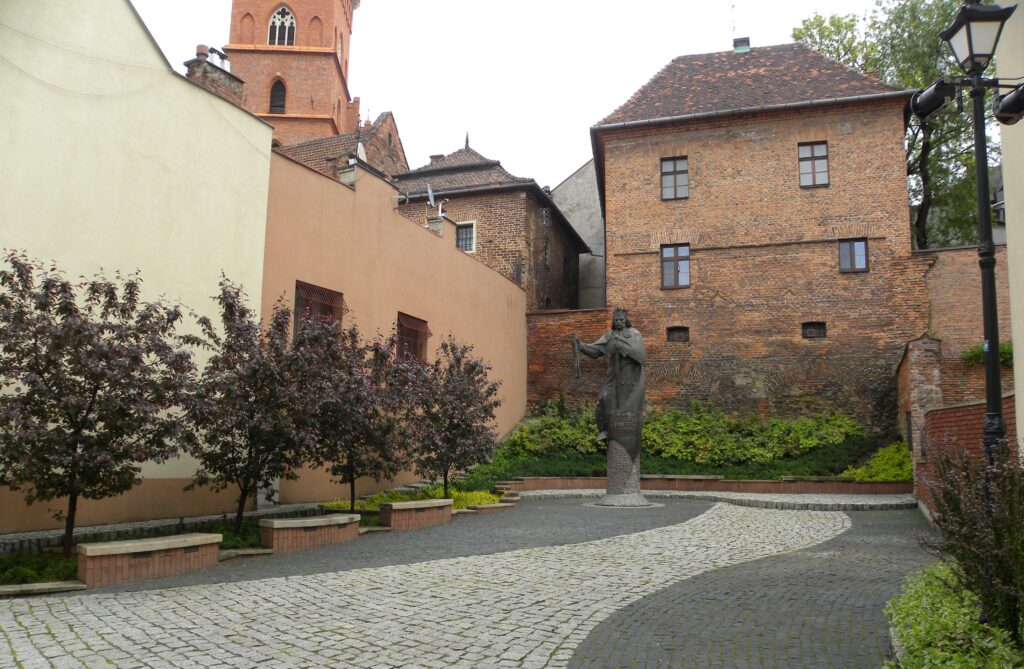
In 1603, Tarnów and the county of Tarnów were divided into two parts between the sons of Prince Konstanty Ostrogski and Princess Zofia Ostrogska. He shared his inheritance more and more, sometimes having many owners at once. These divisions, as well as fires and plagues that hit the city, as well as the situation in the 17th-century Polish-Lithuanian Commonwealth, led to a significant decline of the city. During the Swedish Deluge, Tarnów was plundered twice by the Swedes. In 1662, the town had only 768 inhabitants. Trade and crafts disappeared. The population increasingly made a living from farming. Many houses that were destroyed by fires or simply fell apart due to old age were not rebuilt. Of course, new public buildings were out of the question.
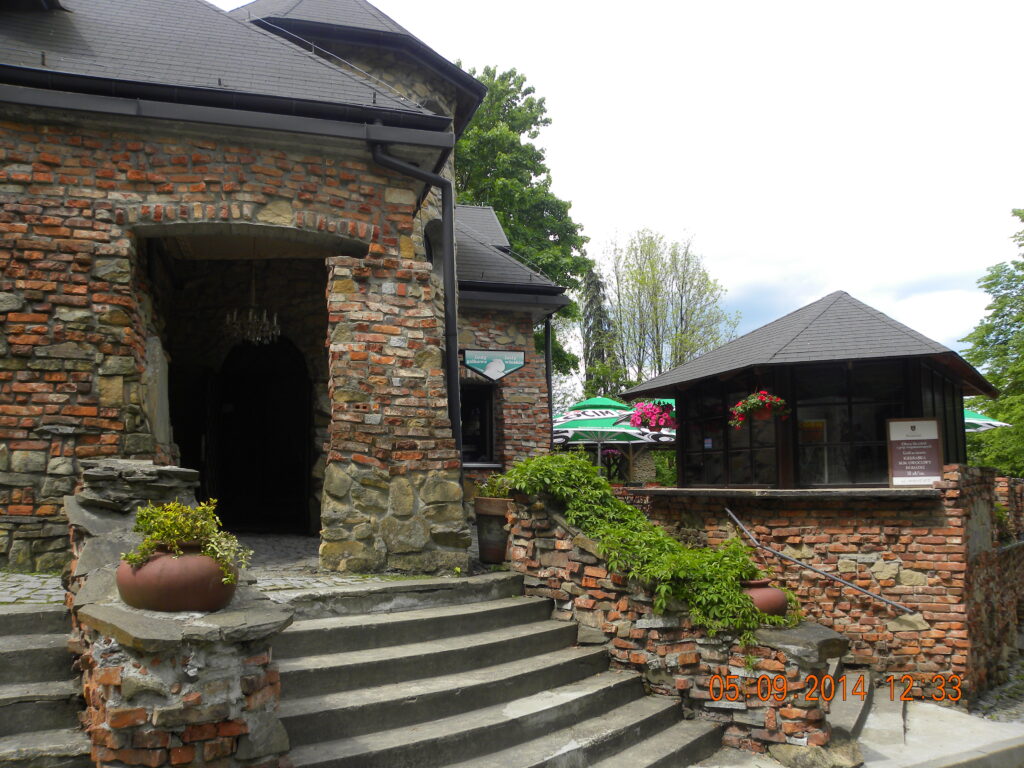
In 1723, the whole town was taken over by the Sanguszko princes. From that moment, Tarnów slowly began to rise from the fall. The number of inhabitants of the city began to increase systematically. Trade and handicrafts revived. New houses began to build up the vacant squares. In July 1772, the corps of General D’Altona entered Tarnów, while in September of the same year, the universal partition of Empress Maria Theresa was announced on the Tarnów market square and the Tarnów townspeople were notified that they were subjects of the Habsburg monarchy. In 1782, Tarnów became the seat of the district (district), and in the years 1783-86 the capital of the diocese and in 1787 the seat of the court. In 1787, Prince Hieronim Sanguszko renounced his authority over the city and from then on Tarnów was no longer a private city. At the end of the 18th century, the city walls were demolished and the moat was filled in. At that time, the communication system of the city was shaped. New streets were laid out – Krakowska, Wałowa, Lwowska and new shopping squares. Around 1796, the first non-church cemetery in Tarnów was established in Zabłocie.
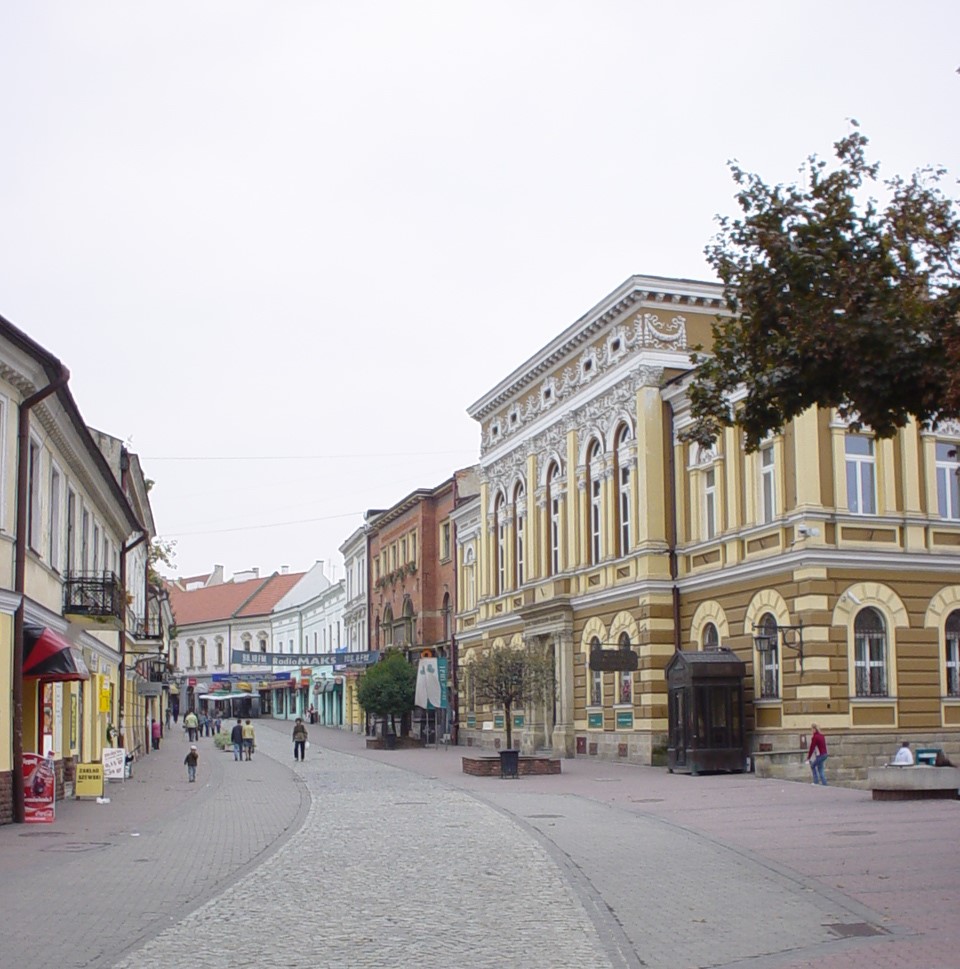
In 1826, Tarnów permanently became the seat of the diocese. This year saw the construction of the first large industrial plant in the city – the Brewery of the Sanguszko Princes. In 1846, a peasant uprising called the Galician Rabation took place in Tarnów and its vicinity. Its cause was the growth of serfdom. The peasants slaughtered the nobility, which was preparing for an uprising.
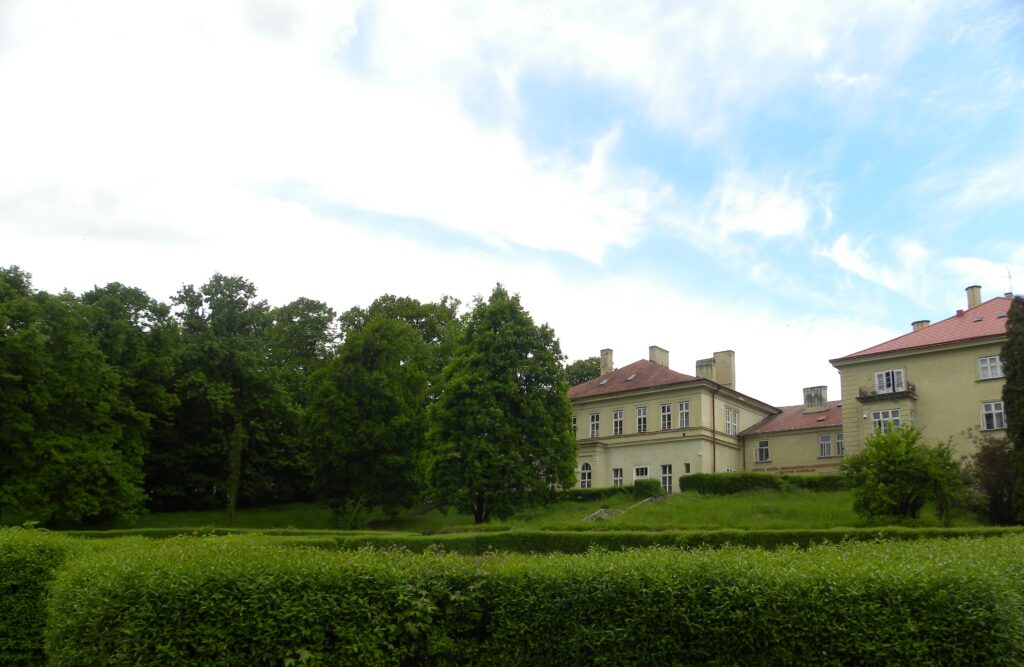
The year 1856 was one of the turning points in the history of the city. The construction of the railway line was completed this year. This event caused a very rapid development of the city, which was becoming an industrial city and there was a large increase in the number of inhabitants. New public buildings and churches were erected. In 1878, the town had gas lighting, from 1881 the first permanent local newspaper “Pogoń” was published, and from 1904 the inhabitants of Tarnów had telephones. The year 1911 was the year of great urban investments, a water supply system, a tram line and a power plant were launched. A year earlier, a new railway station building was commissioned.
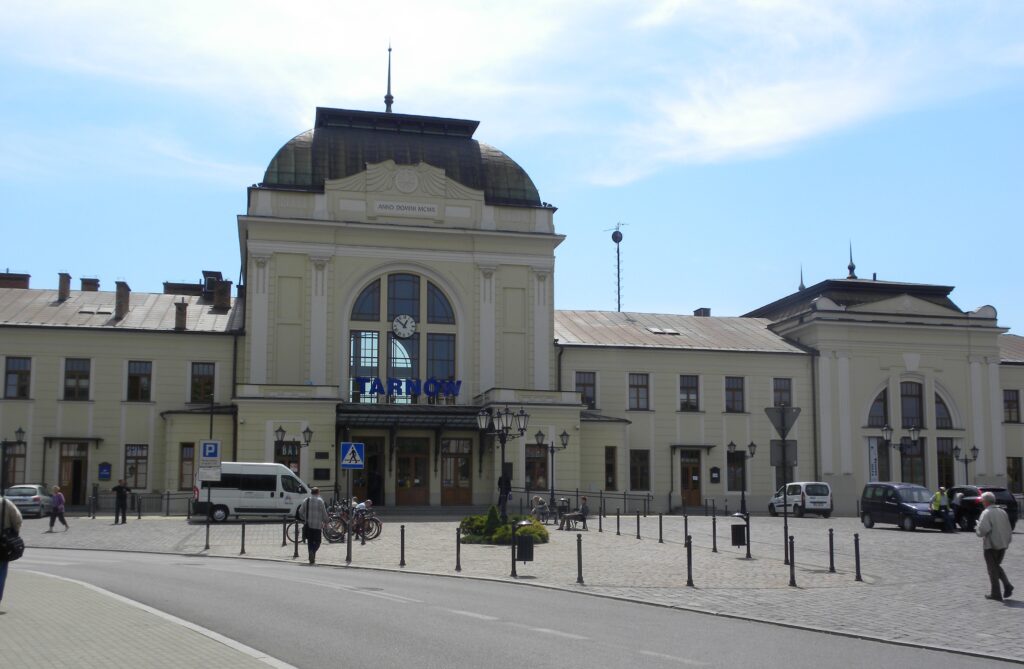
During World War I, from November 10, 1914 to May 5, 1915, Tarnów was occupied by Russian troops. The city did not suffer much as a result of the war. The greatest losses were brought by the shelling of heavy Austrian artillery during the stationing of the Russians. The end of World War I brought a new political situation. Free Poland was established. On October 30, 1918, the Tarnów City Council resolved “that Tarnów submits to the orders of the Warsaw government, that it will obey the government body established by the Regency Council.” The next day, the remaining Austrian troops in the city were disarmed. After 146 years, Tarnów was a Polish city again. Interwar Tarnów, like most cities in Poland, struggled with many problems, mainly financial ones. Quite high debt from the Austrian times and the new economic reality caused the stagnation of the city, which lasted until the end of the 1920s. In 1927, the construction of the State Nitrogen Compounds Factory was started, and in 1930 the construction of the District Court building was completed. In the following year, the Municipal Slaughterhouse was launched and the Tomb of the Unknown Soldier was unveiled.
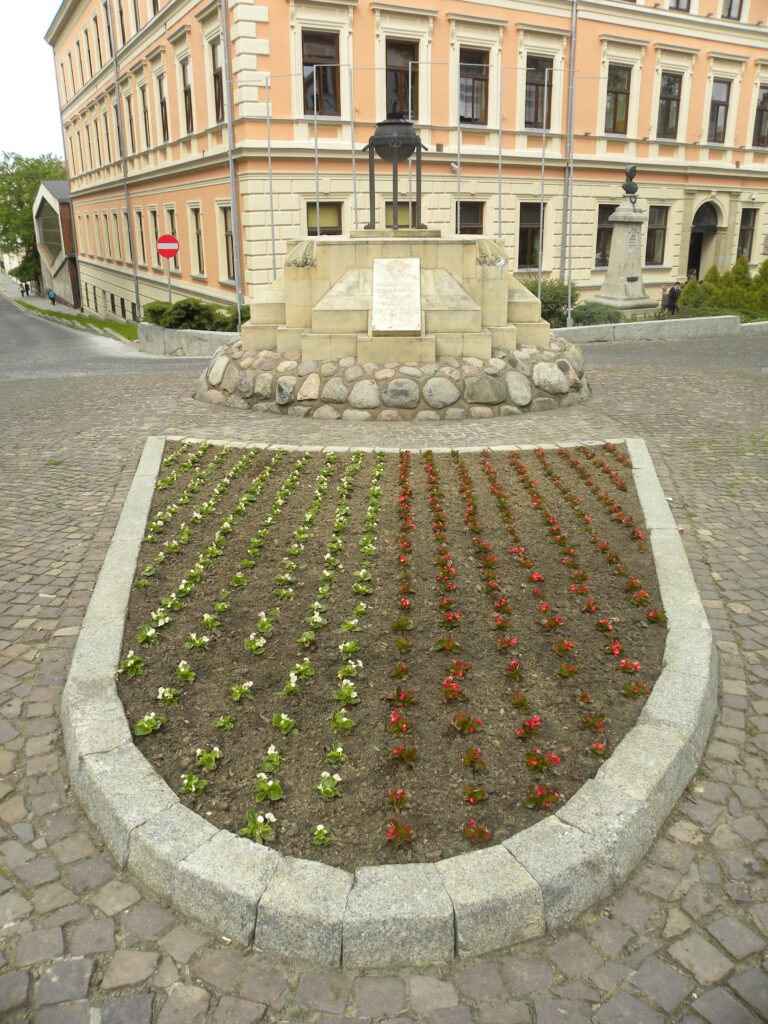
In August 1939, a group of German saboteurs planted a bomb at the Tarnów railway station. 20 people died and 35 were injured. In the first days of September 1939, Tarnów suffered greatly from bombing. On September 7, the first German troops entered the city. The Germans formed their own city council. They closed secondary schools, severely limited cultural and social life, and subjected the Jewish population of the city to severe repression. Both synagogues were burned down, all Jewish prayer houses were destroyed and a ghetto was created for the Jewish population. On June 14, 1940, the first transport of prisoners to KL Auschwitz left Tarnów. During World War II, Tarnów was an important underground and partisan center in southern Poland. On January 18, 1945, Tarnów was occupied by the Red Army.
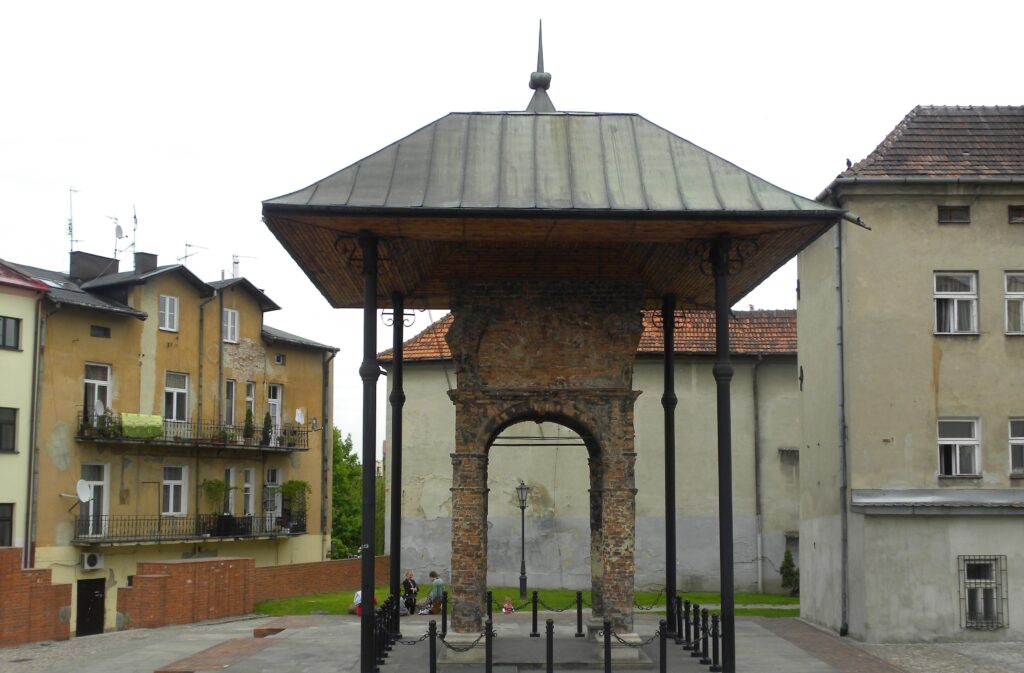
After the war, it was rebuilt from the war damage and new industrial plants were established, such as FSE “Tamel”, Huta Szkła Gospodarczy, and the Factory of Laundry Machines “Pralfa”. The city quickly increased the number of inhabitants and its area. New housing estates and a large number of schools were built. In 1975, Tarnów already had over 100,000 inhabitants. population and became the capital of the newly created Tarnów Province (until 1999). After 1989, there was a rapid development of higher education in the city (PAT Branch, Higher School of Business, Małopolska Higher School of Economics, State Higher Vocational School). Some state-owned enterprises collapsed, some were restructured and are still operating today. Many new private companies have also been established. Today, Tarnów is the second largest city in Lesser Poland in terms of the number of inhabitants, and an important economic, cultural and communication center of the Lesser Poland Voivodeship.
